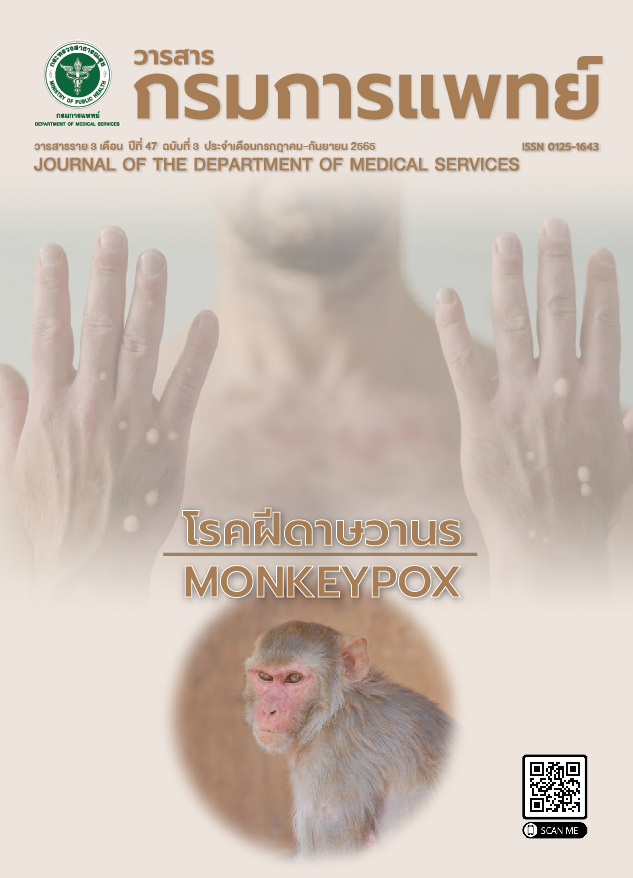Comparison of Fixed versus Calculated Activity of Radioiodine for the Treatment of Hyperthyroidism: A Systematic Review
Keywords:
Hyperthyroidism, Radioiodine, Fixe activity, Calculate activityAbstract
Background: Hyperthyroidism is due to the thyroid gland increasing level of thyroid hormone secretion. The causes of hyperthyroidism vary from region to region, but the most common is Graves' disease. Graves' disease is a type of autoimmune disease caused by autoantibodies that activate TSH receptor to stimulate overproduction of thyroid hormones. In the treatment of hyperthyroidism, anti-thyroid drugs are often used at first. Currently, the use of radioactive iodine to treat hyperthyroidism is increasing. It is worth noting that the process of radioactive iodine treatment in each institute is different. The main reason is that there is no standardized treatment. The following explanation may be due to differences in the treatment philosophy for healing of toxic thyroid. Objective: This study aimed to compare fixed versus calculated activity of radioactive iodine treatment of hyperthyroidism. Method: This study was a systematic review searching data from the MEDLINE database via PubMed and the Cochrane Library. Documents were limited to English language. Research studies with randomized controlled trials between fixed versus calculated activity of radioiodine treatment of hyperthyroidism were recruited. Result: A total of 49 studies papers, when considering the entire study document and issues relating to the measurement of the remaining results, only three studies were included. Comparison between the use of fixed activity and the calculated activity of radioiodine from all three studies, there was no significant difference in treatment failure with no heterogeneity by I2 = 0% at 3-month follow up. Conclusion: Hyperthyroidism patient with radioiodine treatment using fixed activity versus calculated activity showed no significant difference in treatment failure. Radioiodine treatment of hyperthyroidism caned be used either fixed activity or calculated activity depending on individual treatment plan.
References
Hd.co.th. Graves’ Disease. [Internet]. HonestDocs. [cited 7 March 2018]. Available form: https://www.honestdocs.co/graves-disease.
Chongcharoenprasert W. Patients with thyroid dysfunction .[Internet]. [cited 8 March2018]. Available form:https://med.mahidol.ac.th/med/sites/default/files/public/pdf/medicinebook1/Patients/20with/20thyroid/20dysfunction.pdf.
Teyateeti A. Radioactive Iodine Treatment For Thyroid Diseases [Internet]. [cited 8 March2018].Available form:http://www.si.mahidol.ac.th/th/department/radiology/Pdf
Premprapha T, Thongmak S, Thientunyakit T, Yipintsoi T . Management of hyperthyroidism with radioactive iodine-131. Songklanagarind Medical Journal. 2006 ; 24 : 377-383
Miranda-Padua ML, Elaine C, Kho SA, Marcelo M, Torres JF, Monzon OP ,et al. A Randomized DoubleBlind Comparison of Fixed Versus Calculated Radioiodine Dose in the Treatment of Graves Hyperthyroidism. Philippine Journal of Internal Medicine. 2014 ;52:1-7
Jaiswal AK, Bal C, Damle NA, Ballal S, Goswami R, Hari S, et al. Comparison of clinical outcome after a fixed dose versus dosimetry-based radioiodine treatment of Graves’ disease: Results of a randomized controlled trial in Indian population. Indian J Endocrinol Metab 2014; 18:648.
Canto AU, Dominguez PN, Jimeno CA, Obaldo JM, Ogbac RV. Comparison of Fixed versus Calculated Activity of Radioiodine for the Treatment of Graves Disease in Adults. Endocrinol Metab. 2016; 31: 168–73.
Downloads
Published
How to Cite
Issue
Section
License
Copyright (c) 2022 Department of Medical Services, Ministry of Public Health

This work is licensed under a Creative Commons Attribution-NonCommercial-NoDerivatives 4.0 International License.
บทความที่ได้รับการตีพิมพ์เป็นลิขสิทธิ์ของกรมการแพทย์ กระทรวงสาธารณสุข
ข้อความและข้อคิดเห็นต่างๆ เป็นของผู้เขียนบทความ ไม่ใช่ความเห็นของกองบรรณาธิการหรือของวารสารกรมการแพทย์



